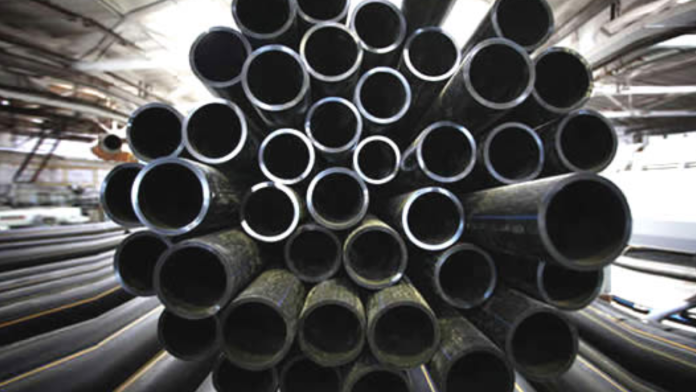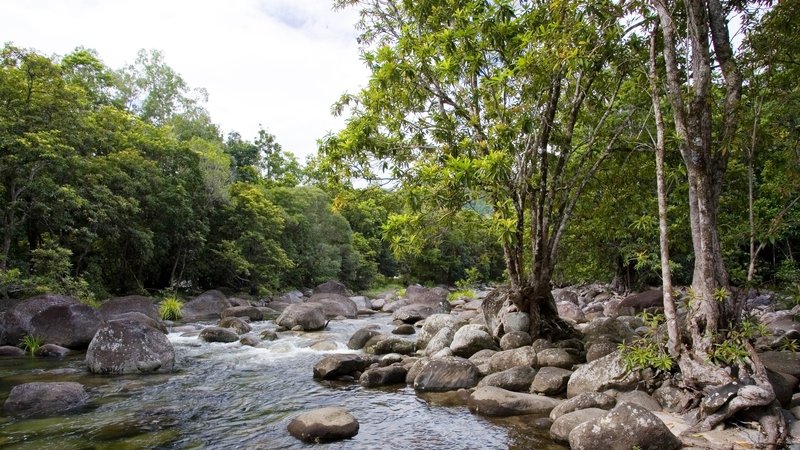A line pipe is a steel pipe used for the long-distance conveyance of water, gas, or oil. Its high-strength steel structure allows it to withstand the high heat and pressures experienced during transportation. The American Petroleum Institute (API) and other organizations have demanded requirements that line pipes have to conform to. This is commonly done according to API 5L.
Manufacturers of line pipes are frequently using the steel grade API 5L X60. Since these businesses need carrying pipes to move both natural and petroleum gasses from their various from manufacturing plants to suppliers, their use is common in the oil and gas and petroleum industries.
In accordance with a set of global standards, API 5L X60 Line Pipe high-strength, high-yield pipe is known as. The predominant trade group for the petroleum and gas sector is called The API, or American Petroleum Institute. Each year, they release a huge number of regulations that cover every aspect, including safety of drilling rigs off the coast to the caliber of petroleum-based goods.
Dimensions 5L X 60 LINE PIPE OF API
In terms dimensions, sizes, and diameters are available in a variety. The pipe typically has a diameter between 2 inches and 60 inches. Both the inner dimension (ID) and exterior diameter (OD) that pipe are used to determine its size. For compatibility with the anticipated fittings the ID that pipe must meet the requirements.
For the tube to be the proper size for travel both installation and. Theo additionally has to conform to specified criteria. Both ASME B36.10M and ISO 4200 specify the pipe wall thickness for each size. These guidelines determine the wall layer thickness for each size and function as an indication for pipes of different shapes.
Kinds of Line Pipe
Various types of pipes can be identified. The subsequent pipelines are categorized based on the substances and goods they transport. It’s essential to read the following to comprehend each category.
Oil Line Pipe
The benefit of using this type to transport petroleum goods like natural gas and crude oil is how it is characterized. They are frequently composed of corrosive materials like steel or iron. Frequently, a coating is used to prevent the pipes from rusting. Different materials, such as plastic and resin, can be used to produce this covering. Petroleum products can be refined to create practical products like petrol and diesel fuel once they have been delivered through pipelines.
Gas Line Pipe
Natural gas transportation and carrying are the only purposes for which certain types of pipelines are specified. Steel, a robust and long-lasting material, is typically used to make it. Steel may nevertheless corrode and deteriorate over time. The pipelines are frequently covered with a layer of plastic or another substance to prevent rust.
These pipelines can be constructed above ground, although they are commonly buried underground. To prevent leaks or bursts, which could represent a significant safety risk, the pipelines must be properly maintained.
Water & Drain Line Pipe
This particular type transports water from one place to another. In most cases, they are buried underground and built of metal or plastic. Usually, a substance that aids in rust prevention is put over these. These pipelines could also come with connectors that make it simpler to link them to other types of pipes or fixtures. They are frequently utilized in residential, commercial, and industrial applications and are an integral part of any plumbing infrastructure.
Bottom Line
Is utilized in the oil and petroleum sectors for distribution and transport. Considering the pipe has been steel that is extremely strong, it is excellent for long-distance delivery of natural gas and petroleum. Furthermore, that pipe corrosion-resistant, which is crucial in an atmosphere where petroleum-based goods are frequently kept. It’s a pipe. is also simple to construct and upkeep, therefore rendering it is economical decision in the petroleum sector.










